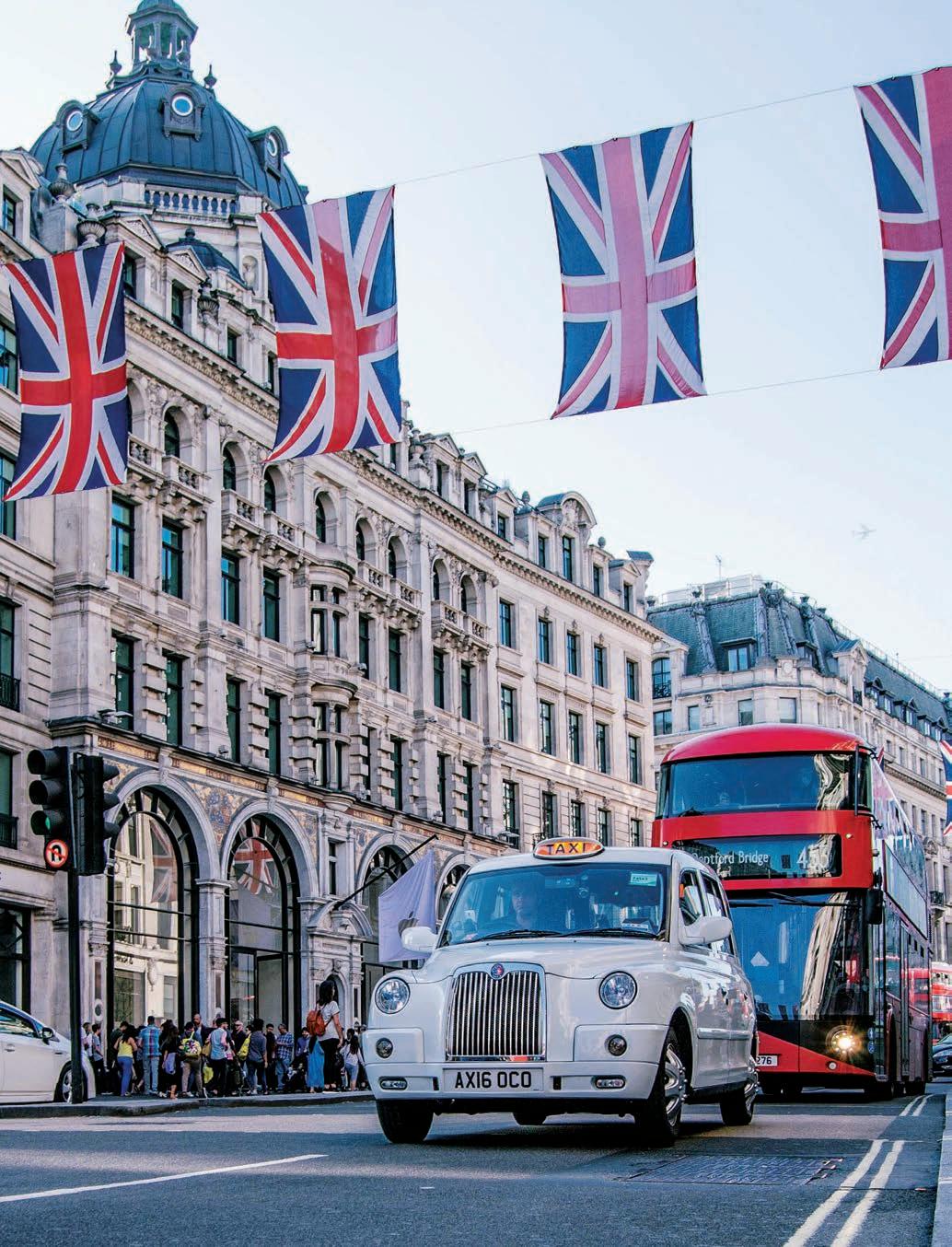
4 minute read
First-ever spinal implant enables paralysed people to walk again
advanced molecular technology. “We established the rst 3D molecular cartography of the spinal cord,” says Courtine. “Our model let us observe the recovery process at the neuron level.” anks to their highly precise model, the scientists found that spinal cord stimulation activates Vsx2 neurons and that these neurons become increasingly important as the ‘reorganization’ process unfolds. selves. e scientists believe it was crucial to understand exactly how this neuronal ‘reorganization’ occurs in order to develop more e ective treatments and improve the lives of as many patients as possible.
Prof. Stéphanie Lacour helped the research team validate their ndings with the epidural implants developed in her lab.
Advertisement
Lacour adapted the implants by adding light-emitting diodes that enabled the system to not just stimulate the spinal cord, but also to deactivate the Vsx2 neurons alone through an optogenetic process. When the system was used on mice with a spinal cord injury, the mice stopped walking immediately as a result of the deactivated neurons – but there was no e ect on healthy mice. is implies that Vsx2 neurons are both necessary and su cient for spinal cord stimulation therapies to be e ective and lead to neural ‘reorganization’.
“It’s essential for neuroscientists to be able to understand the speci c role that each neuronal subpopulation plays in a complex activity like walking,” says Bloch.
To arrive at this under- standing, the research team rst studied the underlying mechanisms in mice. is revealed a surprising property in a family of neurons expressing the Vsx2 gene: while these neurons aren’t necessary for walking in healthy mice, they were essential for the recovery of motor function after spinal cord injury. is led to an unexpected nding: during the spinalcord stimulation process, neuronal activity actually decreased during walking. e scientists suggest that this was because the neuronal activity was selectively directed towards recovering motor function.
For the rst time, the scientists were able to visualise spinal cord activity of a patient while walking.
To test their hypothesis, the research team developed steadily since 2015, when it was close to zero. For the years between 2017 and 2021, it was a 10% chance.
Human-caused greenhouse gas emissions have already driven up global average temperatures by more than 1°C since the late 19th century. e update notes the 2022 average global temperature was about 1.15°C above the 1850-1900 average, despite the cooling in uence of La Niña conditions. Temperatures are now rising by about 0.2°C per decade.
“Our new study, in which nine clinical-trial patients were able to recover some degree of motor function thanks to our implants, is giving us valuable insight into the reorganization process for spinal cord neurons.”
Jordan Squair, who focuses on regenerative therapies says: “ is paves the way to more targeted treatments for paralysed patients. We can now aim to manipulate these neurons to regenerate the spinal cord.” quickly, more heat records are being set globally and at the local level. e human in uence on the climate is pushing temperatures to unprecedented highs with alarming frequency. e current record global average temperature dates back to 2016. A major El Niño event early that year pushed up the global average temperature. if we don’t quickly reduce emissions to net zero. e WMO update says there is a 98% chance at least one of the next ve years will be the hottest on record. And there’s a 66% chance of at least one year over the 1.5°C threshold. ere’s also a 32% chance the average temperature over the next ve years will exceed the 1.5°C threshold. e chance of temporarily exceeding 1.5°C has risen
We now have more than a century of average mean temperature data. at means it should be getting harder, not easier, to achieve new records. If there was no trend, we would expect to see fewer records as time passes and the data we’ve collected better captures the full range of natural climate variability.
Instead, because we are warming the world so is region is best known for its two large parks – St James Park and Hyde Park – and the two palaces of Kensington Palace and Buckingham Palace. Of course, you also have the Houses of Parliament and Westminster Abbey closer to the River ames. For your rst day in London, there seems no better place to start than British politics and ruling history. After all, the British Royal Family is famed worldwide and o ers one of the biggest draws to visit the UK.
El Niño events are associated with warmer-thannormal seas over much of the central and eastern Paci c. is helps warm the lower atmosphere and raise global temperatures by about 0.1°C. is might not sound like much, but with rapid background warming it’s often enough to break the previous record.
In the seven years since the current global temperature record, humanity has continued to intensify the greenhouse e ect. is is making a new record ever more likely.
A day in London is full of monarchs, MPs, and West End stars. Your day will be dedicated to Central London. Speci cally, we’ll keep to Westminster, Mayfair, Covent Garden, and Soho neighbourhoods.

Visit Hyde Park And Have Breakfast In
St James’s Park
Opening times: 5 am- midnight. Cost: Free Hyde Park and St James Park are just minutes apart. e two parks sit centrally in this area of London, and both feature a royal palace. Hyde Park is the largest and has a massive lake in the middle, with Kensington Palace and Kensington Gardens at the far end. You can grab a takeout co ee and take a leisurely stroll through the park, often spotting the Household Cavalry training en route. A walk through London’s most famous parks is a great way to wake up slowly and is beautiful all year round. Head through Green Park and into St James Park for breakfast at St James’s Cafe. While these parks are free, you can purchase a co ee and breakfast for around €14 with stunning, leafy views. is is a pleasant way to start your morning, and aim to get there after 8 am. is way, you’ll visit after the manic rush hour and before the rest of the tourists descend.
Buckingham Palace
Open 24 hours
Cost: Free is royal palace is one of London’s famous attractions. Buckingham Palace is massively associated with the late Queen and has been immortalised by international lms, including Paddington Bear and the Bond lms. Most people visit Buckingham Palace to stand at the black, wrought iron gates. You can peer through the bars and watch the guards, and at 11:30 am every day, the Changing of the Guard is a brilliant free activity in London. You can book one of the walking tours of the Buckingham Palace State Rooms to get a closer look. ese tickets cost around €30 and give you access to the rooms that His Majesty the King receives members of the public in. ese rooms are adorned by private collections of art and nery. If you’d like an insight into the world of the Royal Family,










